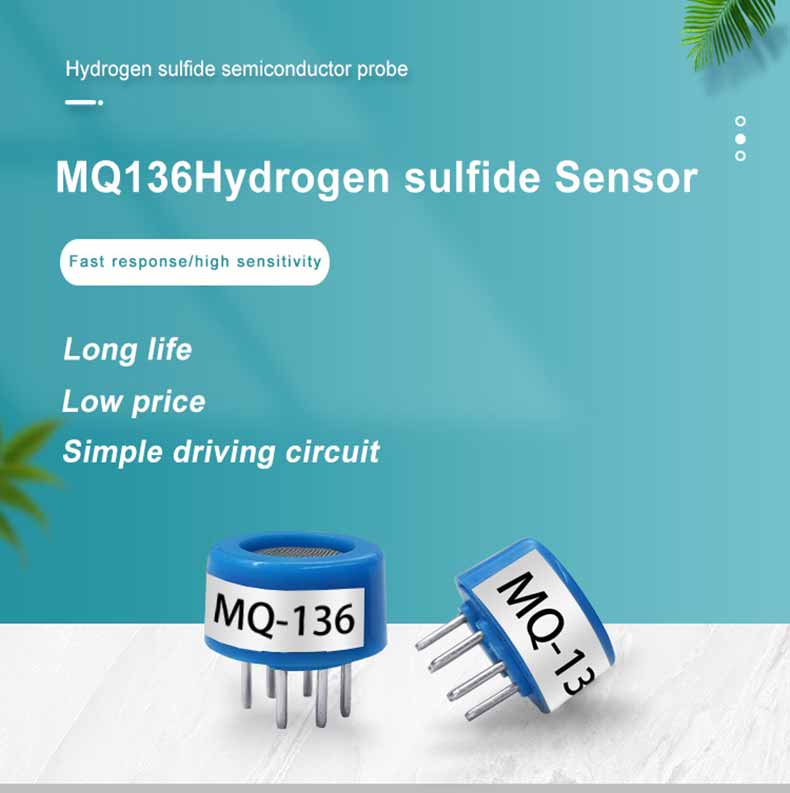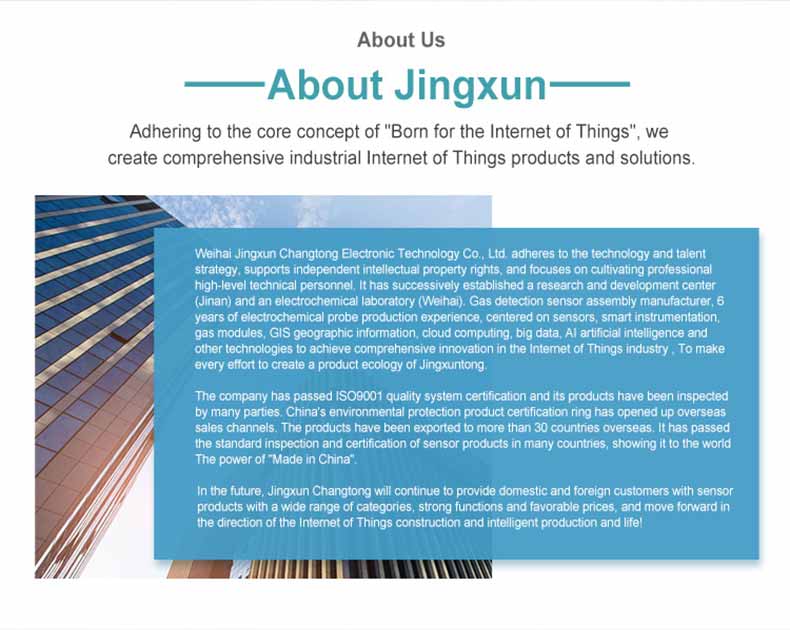Gas sensors play a crucial role in revolutionizing environmental monitoring and safety systems. These sensors are designed to detect and analyze the presence of gases in the environment, providing valuable data to ensure a safe and healthy living and working environment. In this article, we will explore the advancements in gas sensor technology, their applications in environmental monitoring, and the significant impact they have on enhancing safety measures.
Evolution of gas sensor technology:
Gas sensor technology has undergone significant advancements in recent years, enabling more accurate and reliable gas detection. Traditional gas sensors relied on bulky and expensive equipment, limiting their widespread use. However, with the emergence of nanotechnology and miniaturization techniques, gas sensors have become smaller, more affordable, and more sensitive. This has led to their increased integration into various environmental monitoring systems.
Applications in environmental monitoring:
a. Indoor air quality monitoring: Gas sensors are extensively used to monitor indoor air quality in residential, commercial, and industrial settings. They can detect harmful gases such as carbon monoxide (CO), volatile organic compounds (VOCs), and radon. By continuously monitoring these gases, steps can be taken to improve ventilation and reduce exposure, ensuring a healthier indoor environment.
b. Industrial emissions monitoring: Gas sensors are employed to monitor emissions from industries, power plants, and factories. They detect and measure hazardous gases, such as sulfur dioxide (SO2), nitrogen oxides (NOx), and particulate matter. Real-time monitoring enables prompt action to be taken to reduce emissions and minimize the impact on air quality.
c. Environmental pollution monitoring: Gas sensors are utilized to monitor outdoor air quality and identify sources of pollution. They can detect gases emitted by vehicles, factories, and other polluting sources. This data helps authorities develop strategies to reduce pollution levels and improve public health.
d. Agricultural applications: Gas sensors are used in agricultural settings to monitor the levels of gases like ammonia (NH3) and methane (CH4) emitted from livestock waste. This data helps farmers implement better waste management strategies, reducing the environmental impact and ensuring the well-being of both animals and humans.
Advantages and benefits:
a. Early detection of hazardous gases: Gas sensors provide real-time monitoring, allowing for the early detection and identification of potentially dangerous gases. This enables prompt actions to be taken to prevent accidents, reduce exposure, and safeguard public health.
b. Improved safety measures: Gas sensors are integrated into safety systems, such as fire alarms and gas leak detectors. They trigger alarms or automatically shut down equipment in the presence of hazardous gases, preventing accidents and minimizing risks.
c. Enhanced environmental protection: By continuously monitoring pollutant levels, gas sensors aid in the development and implementation of effective environmental policies. This leads to reduced emissions, improved air quality, and a healthier ecosystem.
d. Data-driven decision-making: Gas sensors generate valuable data that can be analyzed to identify trends, patterns, and potential hazards. This allows for informed decision-making and the development of proactive strategies to mitigate risks and improve safety standards.
Gas sensors have ushered in a revolution in environmental monitoring and safety systems. Through advanced technology, these sensors provide accurate, real-time data on gas concentrations, leading to enhanced safety measures, improved environmental protection, and better overall public health. As gas sensor technology continues to evolve, we can expect further advancements and wider applications, contributing to a safer and more sustainable future.
 : +86 155 8830 2704
: +86 155 8830 2704 : jxdziot@gmail.com
: jxdziot@gmail.com
